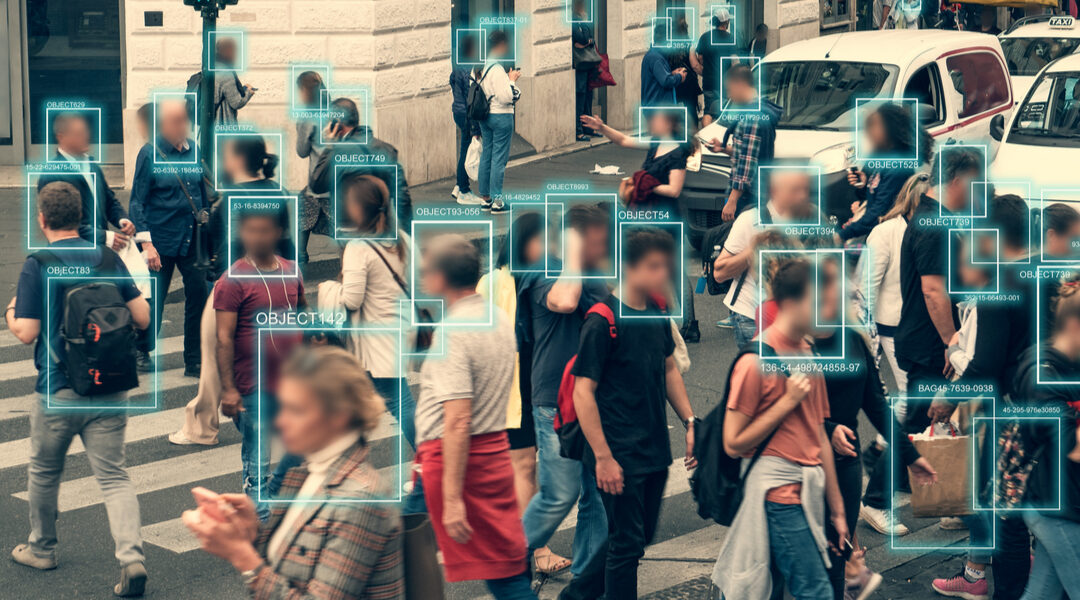
How Sustainable Automation Is Good For The World And Business
Technology comes with the promise of making things faster, easier, and cheaper – but how about more sustainable? As it happens, automation, as part of wider digitization, can have a fantastic impact on the world we live in, and be part of repairing some of the damage we’ve already done.
As the world continues to feel the full force of human-imposed climate change, sustainability efforts around the world are growing. The owner of Patagonia recently gave up his business as a means to reinvest company profits fully into fighting climate change. This signals a way for investors to back things for more than the sake of profit. But what part can automation play in building a brighter future?
Opportunities To Improve
The range of intelligent automation has expanded thanks to the combined capability of enabling technologies including IoT, ML, blockchain, digital twins, and AI. These additional capabilities have served to catalyse automation – making it more powerful than ever before.
One of the biggest causes of climate change is our reliance on fossil fuels. Electricity companies, for example, are now working to optimize their operations, by making everything they do as efficient as possible. Using intelligent automation along with AI and digital twins, businesses can now have live data models running which automatically map out grids and adjust how they distribute their power in real-time.
These types of efforts serve to create more efficient operations, with lower fuel usage, lower costs, and less environmental impact. That buys companies and consumers time to develop and adopt more environmentally friendly energy options.
Eliminate Wastage
When thinking about wastage, it’s very important to consider the knock-on effects of any action. Time saved on any task can reduce energy usage and increase the time a person can spend on more important tasks. Common wastage savings, besides time, that can be found from process automation includes reducing unnecessary printing as well as digitizing invoicing and purchasing.
Process mining is a brilliant place to start when it comes to finding out where time and other resources are wasted. It’s an integral part of building better automation and can lay the foundation for far more efficient business processes in many different environments.
The Business Benefits
First and foremost, there are huge cost savings available to businesses which take automation seriously. That is simply the main headline for any business out there.
Beyond the money saved, are the added benefits of things like employee engagement – when you free them from the dull, repetitive tasks they’ve been chained to for so long. And, customer satisfaction, when you have an automated help centre that can give support around the clock.
Finally, and perhaps most importantly, is that the environmental benefits of reducing energy usage will help to protect the place all businesses and people exist in – our planet.
Want to do good and boost your business? Automation is the way. Talk to PAteam today.




